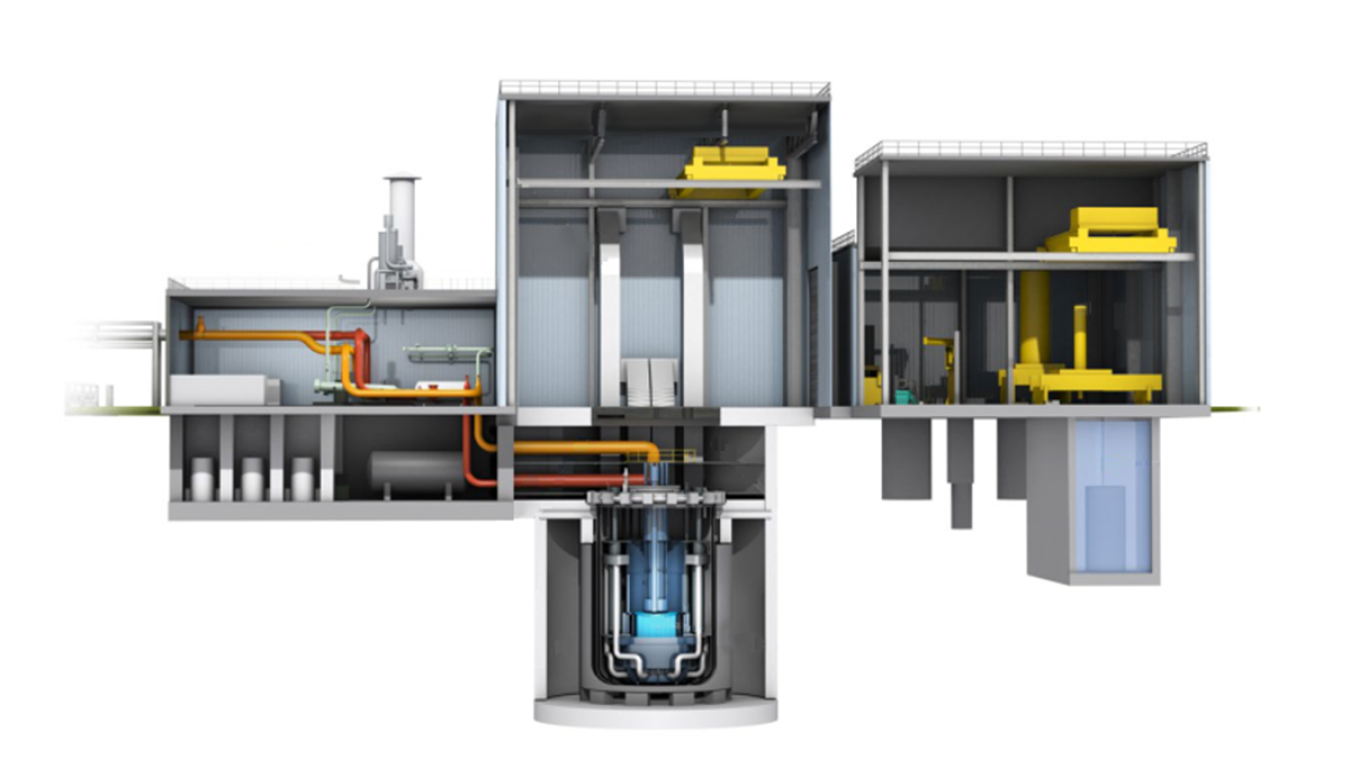The Japanese government is preparing a new energy plan that seeks to grow renewable energy, but its goals fall far short of what other major industrial countries are doing. By the year 2040, fifteen years from now, some 40-50% of electricity are to come from renewable sources (roughly a doubling from today), another 20% from nuclear power and the remaining 30-40% from fossil fuels such as coal, oil and gas.
Meanwhile in Germany, renewable energy sources such as wind, solar, hydro and biomass already accounted for 52% of electricity generated in 2023. By 2030, this share is supposed to grow to 75%. Put another way, Japan is aiming for a lower share for renewable power fifteen years from now than Germany already achieved a year ago!
This is not because somehow Germany’s climate or geography was much more favourable for renewable energy than Japan’s, to the contrary.
Japan lies much closer to the equator than Germany, which means solar panels will be much more productive in the Land of the Rising Sun than in Central Europe. The northernmost point of Hokkaido lies 45° north of the equator while even the southernmost point of Germany lies 47° north. Tokyo is closer to the equator than Southern Spain.
Germany has a lot of wind turbines along its wind swept North Sea and Baltic Sea coasts, both on-shore and off-shore, but its coast line is much shorter than that of Japan: Germany has a total of roughly 21,000 km2 of territorial waters (i.e. within 12 nautical miles of the coast) while the equivalent number for Japan is 440,000 km2.
As factors that hold back renewables, Japan is citing “instability due to being dependent on the weather and its high cost”, when actually solar and wind are already cheaper to install and run than fossil fuel thermal power plants. They are the cheapest sources of newly installed power capacity virtually anywhere on the globe.
For sure, the variability of output must be addressed to be able to provide the majority of power from these sources, but that can be done. For one, the cost of battery storage has dropped dramatically over the past 10-15 years, which has allowed huge amounts of capacity to be added to electricity grids. For example, California grew its battery storage capacity by a factor of over 15 from 2019 to 2024 and now has over 13,000 MW of battery power supporting its grid. This has allowed it to consume renewable energy at different times of the day and not just when there is the most sunlight.
Wind and solar in some ways are complementary sources of power, as wind tends to be stronger after sunset and in the winter, whereas the sun provides the most energy around midday and in summer. Combining the two will minimize the need for storage or for peaker plants that burn gas.
Another way to even out production is by integrating long distance grids so that a surplus in one region can cover the shortfall in another region. Within Europe, Germany exchanges electricity with Scandinavia but also with France, which in turn connects to Italy and Spain. Japan is very weak in this regard. Its electricity grid consists of 8 regional grids with limited interconnect capacity. It is split down the middle by mains frequency, with western Japan using 60 Hz like in North America while eastern Japan uses 50 Hz like in Europe. High Voltage Direct Current (HVDC) lines can take care of this, but they need to be built. Regional grid operators have little incentive to do this because they also own existing power stations whose output they want to sell.
Japan needs to rethink its renewable energy strategy if it wants to achieve its climate goals and end its dependency on costly energy imports. Its first priority should not be the profits of its existing electricity sellers, the importers of fossil fuels, the shipyards that build the ships that carry petroleum and coal, etc. Japan needs to upgrade its grid with long distance transmission capacity, grid level power storage and ease connection of wind and solar power capacity to cut its dangerous and harmful dependency on fossil fuels.

